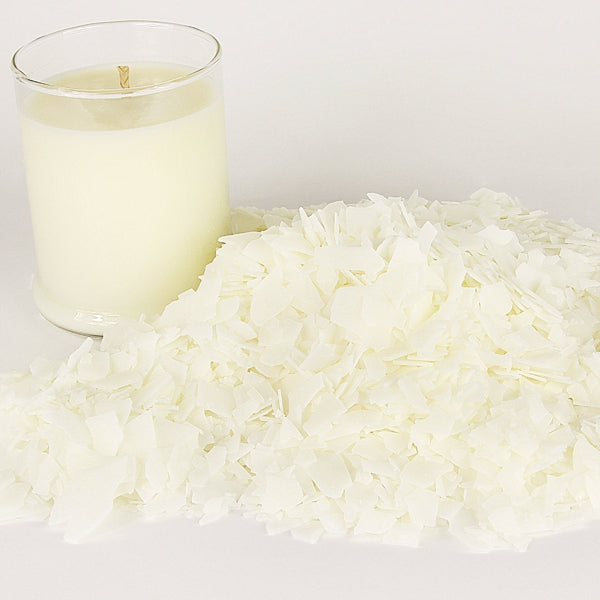Develop Atmosphere with Handmade Soy Wax Candles and Home Fragrance
From Wick to Wax: Recognizing the Chemistry Behind Soy Wax Candles and Their Environmental Influence
As we illuminate our rooms with the warm glow of candle lights, there exists a world of intricate chemistry behind the relatively straightforward act of lighting a soy wax candle. Join us as we decipher the scientific ins and outs behind soy wax candle lights and discover their implications on our environment.
Soy Wax Vs. Paraffin Wax
When comparing soy wax and paraffin wax for candle production, it is vital to understand the unique attributes and advantages of each product. Soy wax is an all-natural, eco-friendly source originated from soybean oil, making it eco-friendly and biodegradable - home fragrance. In comparison, paraffin wax is a result of oil refining, which elevates concerns concerning its ecological influence and sustainability
Soy wax candle lights melt cleaner and release less soot compared to paraffin wax candle lights, making them a much healthier option for indoor air high quality. Furthermore, soy wax has a lower melting point, allowing for a longer-lasting candle that disperses scent extra successfully. Paraffin wax, on the various other hand, tends to melt faster and less easily, potentially releasing damaging chemicals right into the air.
From a sustainability viewpoint, soy wax is favored for its biodegradability and sustainable sourcing, lining up with the growing customer choice for eco conscious products. While paraffin wax has been a traditional choice in candle light making because of its affordability and convenience of usage, the shift towards eco-friendly choices like soy wax is getting momentum in the sector.
Chemical Structure of Soy Wax

Combustion Process in Soy Candles
The chemical make-up of soy wax straight affects the combustion process in soy candle lights, impacting elements such as burn time, aroma launch, and environmental impact. When a soy candle light is lit, the warm from the flame thaws the wax near the wick. This fluid wax is then formulated the wick because of capillary action. As the fluid wax gets to the flame, it undergoes and vaporizes burning. The combustion procedure involves the vaporized hydrocarbons in the wax reacting with oxygen airborne to produce warmth, light, water vapor, and carbon dioxide.
The combustion performance of soy candles is affected by the purity of the soy wax and the top quality of the wick. A clean-burning soy candle with an effectively sized wick will generate a consistent fire and lessen residue formation. This here not just page expands the melt time of the candle light however likewise boosts the release of scents. Additionally, soy wax candle lights have a reduced environmental effect contrasted to paraffin candles as a result of their naturally degradable and eco-friendly nature.

Ecological Benefits of Soy Wax

Taken into consideration a sustainable option to typical paraffin wax, soy wax provides significant ecological benefits that make it a preferred selection among eco-conscious customers. Soy wax burns cleaner and generates much less soot than paraffin wax, adding to much better indoor air quality and decreasing the demand for cleaning and maintenance. Generally, the ecological benefits of soy wax straighten with the growing demand for lasting and eco-friendly products in the market.
Recycling and Disposal Factors To Consider
Recycling and correct disposal of soy wax candles play a crucial function in keeping ecological sustainability and decreasing waste in areas and homes. The first action is to ensure that the candle light has burned entirely when it comes to recycling soy wax candle lights. This can be accomplished by permitting the candle light to shed till the wick is no more useful, and afterwards letting the staying wax cool and strengthen. As soon as the wax has strengthened, it can be meticulously eliminated from the container.

In regards to disposal, if recycling is not an option, soy wax candles are biodegradable and can be safely taken care of in many house waste systems. It is always recommended to inspect with regional reusing facilities or waste management solutions for certain guidelines on candle disposal to ensure correct handling and environmental defense.
Conclusion
In verdict, the chemistry behind soy wax candles reveals their environmental benefits over paraffin wax candles. Soy wax, acquired from soybean oil, burns cleaner and generates less soot when contrasted to paraffin wax.
When contrasting soy wax and paraffin wax for candle light making, it is vital to recognize the distinct attributes and benefits of each material (crystal soy candles).Soy wax candle lights shed cleaner and discharge less residue contrasted to paraffin wax candle lights, making them a much healthier option for indoor air high quality.Considered a lasting alternative to typical paraffin wax, soy wax offers noteworthy ecological benefits that make it a preferred selection among eco-conscious customers. Soy wax burns cleaner and produces much less residue than paraffin wax, adding to far better interior air quality and lowering the need for cleaning and maintenance.In conclusion, the chemistry behind soy wax candle lights reveals their environmental advantages over paraffin wax candle lights